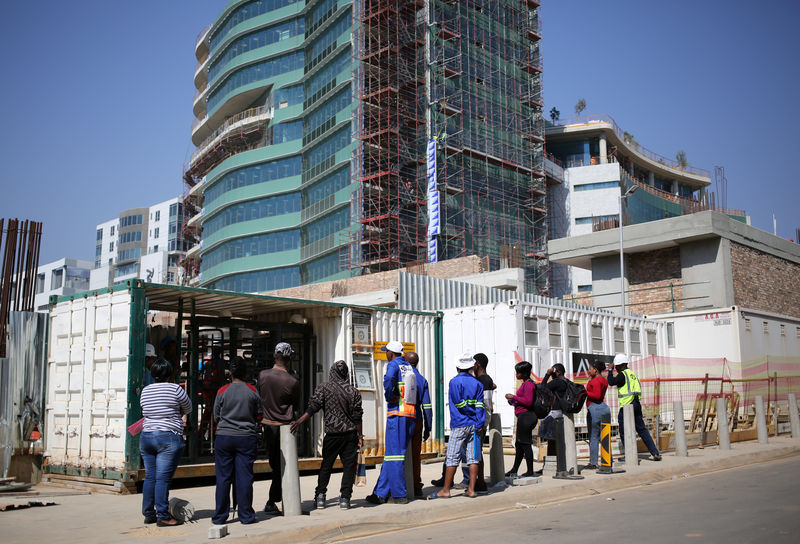
Unemployment in South Africa Jumps to 29 Percent, Highest Since 2008
South Africa’s unemployment rate has risen to 29 percent, the highest level record since the quarterly labour force survey was introduced in 2008, although it had reached 29,3 percent in 2003, the Department of Statistics announced today. A total of of 15.5 million people are not economically active, about 2.7 million of them discouraged work […]

South Africa’s unemployment rate has risen to 29 percent, the highest level record since the quarterly labour force survey was introduced in 2008, although it had reached 29,3 percent in 2003, the Department of Statistics announced today.

A total of of 15.5 million people are not economically active, about 2.7 million of them discouraged work seekers, according to the figures. The unemployment rate for youth is 56.4 percent. (A current affairs programme warned in June that South African youth unemployment is a “ticking time bomb”, with its investigation showing that 8 million young people may never find a job. The show did however highlight the subsequent rise in the number of entrepreneurs, South Africans finding a way to earn a living.)
The 29 percent rate was an increase of 1.4 percentage points from the first quarter of 2019, which meant 455,000 more people who are unemployed while only 21,000 more got jobs. More females were unemployed than males, StatsSA said.
According to its survey 6.7 million people were without jobs between April and June, compared to 6.2 million the previous quarter.
The trade, services and construction industries recorded the biggest gains in employment, while private households, transport and mining showed the biggest losses.
Employment in the formal sector and in private households fell by 49 000 but rose by 114,000 in the informal sector and 5,000 in agriculture.
